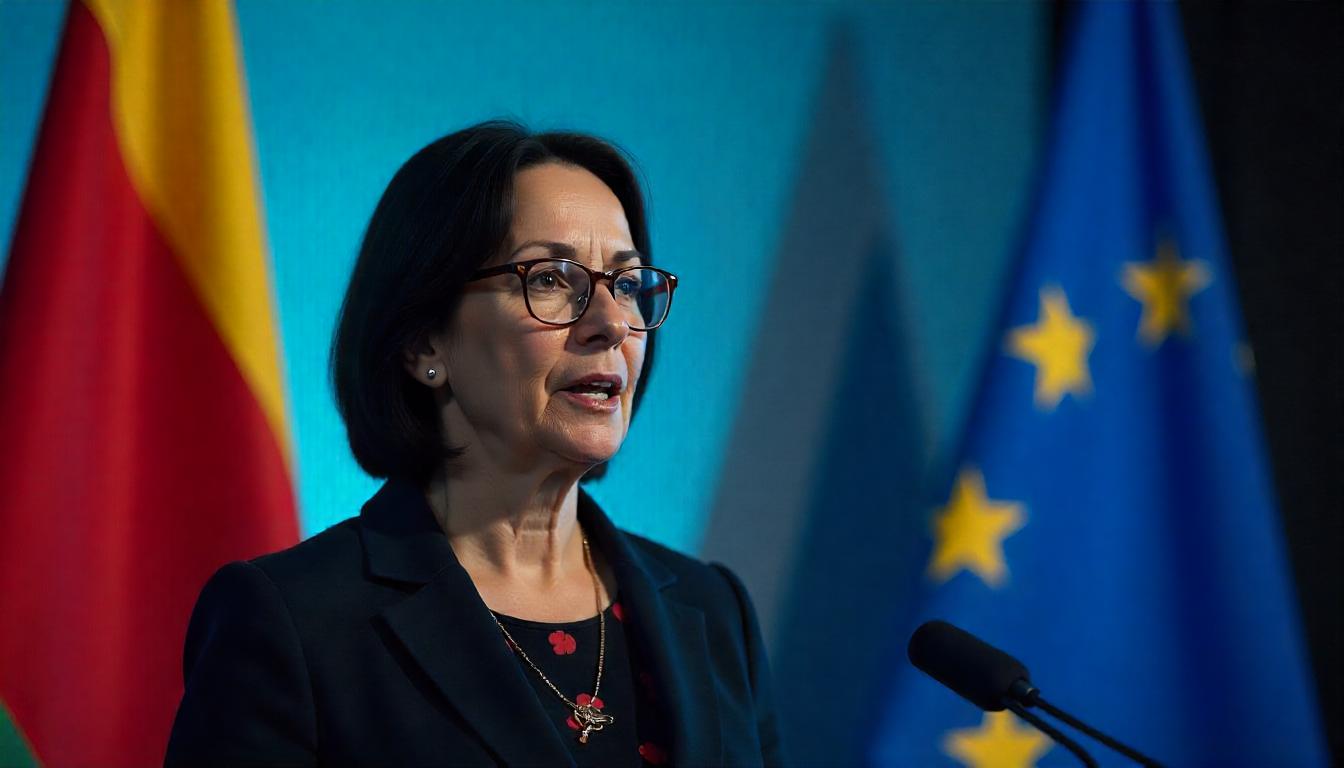In a significant move aimed at bolstering national and regional security, the Republic of Lithuania has announced that it will no longer recognize non-biometric international passports issued by the Russian Federation, starting June 1, 2025.
The decision, officially confirmed by Lithuania’s Ministry of Foreign Affairs, is part of a broader response to evolving geopolitical challenges and concerns over the integrity and forgery risks associated with non-biometric documents. According to a report by News, the measure is designed to limit the potential for illegal or unauthorized use of forged identification documents.
Security First: Response to a Changing Geopolitical Landscape
Lithuania’s Minister of the Interior, Vladislav Kondratovich, emphasized that the new restrictions are rooted in national security interests.
“Given the changing geopolitical situation, this decision is necessary and aligns with Lithuania’s long-term security priorities,” Kondratovich stated.
Non-biometric passports lack embedded biometric features—such as facial recognition data and fingerprint identification—which are critical to modern border control and fraud prevention systems. As such, they do not meet the standards set by the International Civil Aviation Organization (ICAO) for secure international travel documents.
Official Order Adopted on May 23
The decision was formally adopted on May 23, 2025, through a joint order issued by the Ministers of Foreign Affairs and the Interior of Lithuania. This move brings Lithuania in line with several EU member states, including Denmark, Czechia, Estonia, France, and Iceland, which have already implemented similar restrictions against non-biometric Russian passports.
Exemptions for Transit from Kaliningrad
While the new regulation introduces strict limitations, Lithuanian authorities have clarified that certain exemptions will apply. Notably, the order will permit rail transit of Russian citizens traveling between Kaliningrad (Königsberg) and mainland Russia, provided that all other legal requirements are met.
This exemption is critical in maintaining the EU’s previously agreed-upon terms regarding Kaliningrad transit corridors, even amid heightened diplomatic and security concerns.
Aligning with EU Security Measures
K?stutis Budrys, Lithuania’s Minister of Foreign Affairs, stated that the measure is consistent with broader EU efforts to restrict access to individuals whose identities cannot be reliably verified under modern security protocols.
“This is a necessary step to safeguard Lithuania’s sovereignty and align with international partners who have already implemented similar measures. We are approaching two years since the Schengen-wide restrictions on Russian special service operatives were enforced,” Budrys added.
Understanding Biometric vs. Non-Biometric Passports
Biometric passports—also known as e-passports—contain an embedded microchip that stores biometric data such as:
-
Digital facial images
-
Fingerprints
-
Personal identification data
These features allow automated border control systems to authenticate the identity of the passport holder more effectively, making them far more resistant to forgery.
In contrast, non-biometric passports, still in circulation in some regions of Russia, lack this data, and as a result, pose a greater security risk in the eyes of ICAO and EU border management authorities.
Regional and International Repercussions
The move further underscores Lithuania’s active role in the European Union’s security framework and its ongoing sanctions regime targeting Russian state structures and institutions. As geopolitical tensions continue in the region, such measures are likely to be mirrored by additional EU and Schengen Area countries in the coming months.
The policy change is also expected to impact a segment of Russian nationals attempting to enter Lithuania or travel through the Schengen Zone using outdated, non-compliant documents.
Conclusion
Effective June 1, 2025, non-biometric international passports issued by Russia will no longer be valid for entry into Lithuania. The move, backed by legal and security justifications, brings Lithuania into alignment with multiple EU countries and reflects growing efforts to ensure secure, verifiable, and lawful cross-border travel.
As the region adapts to changing political and security realities, biometric compliance will remain a cornerstone of both national sovereignty and collective EU border strategy.








